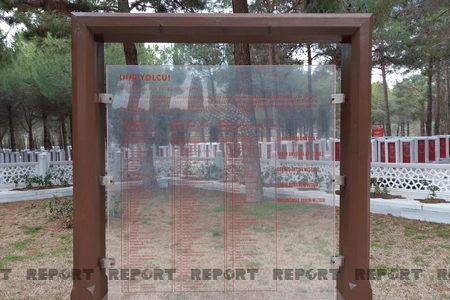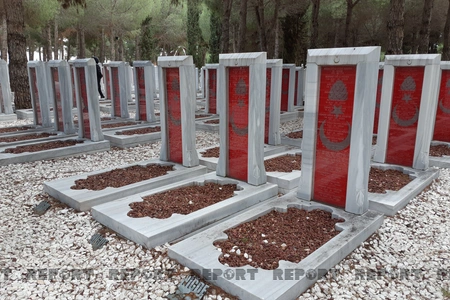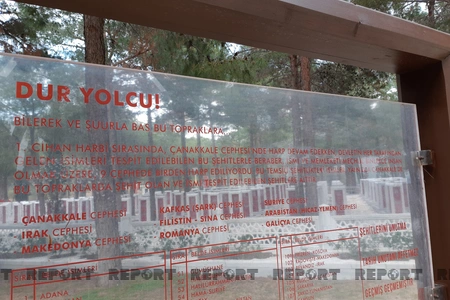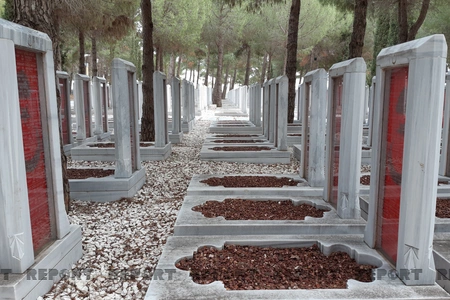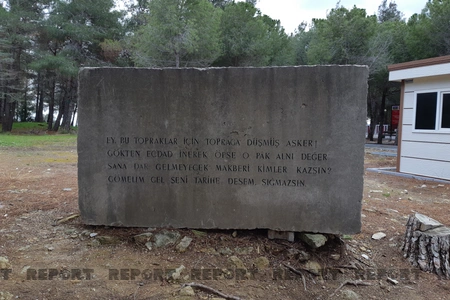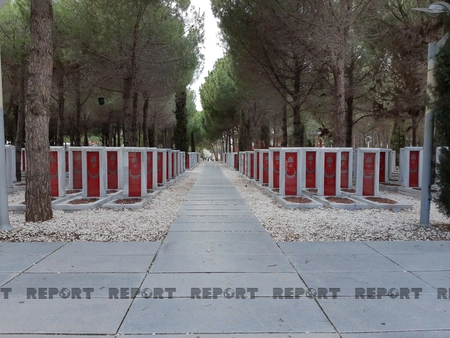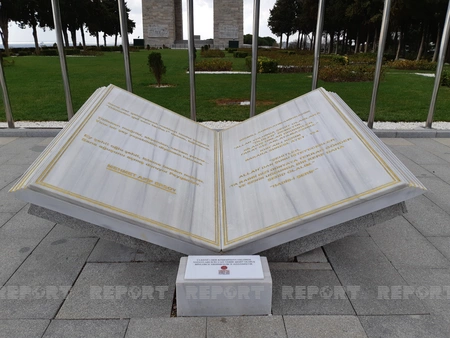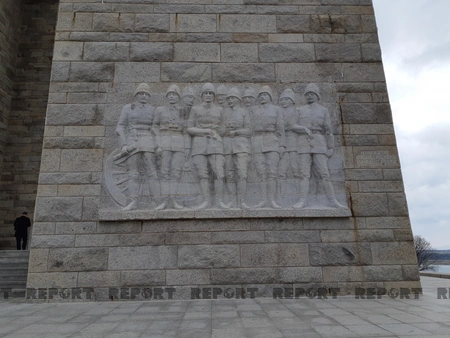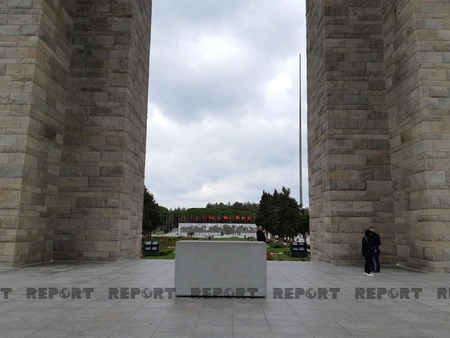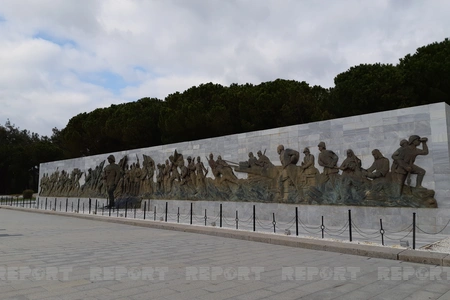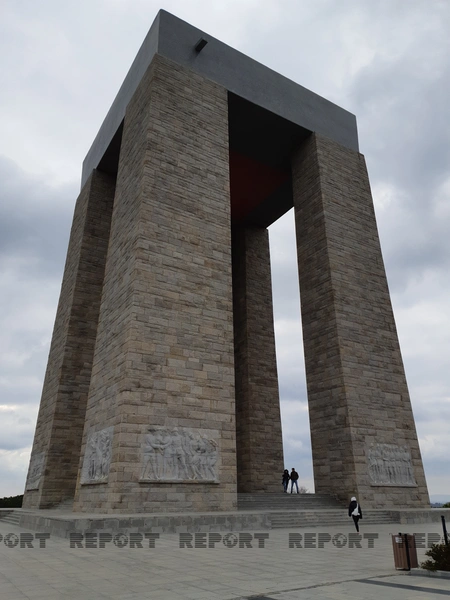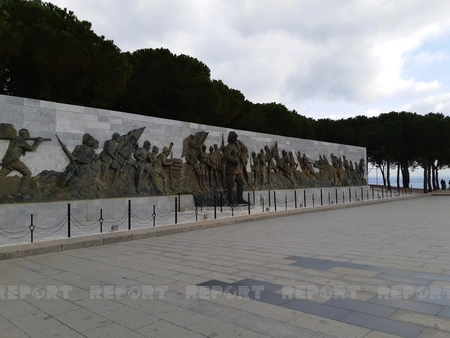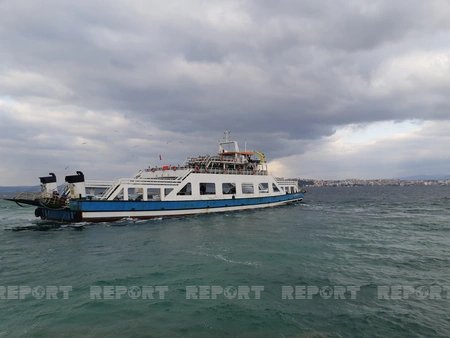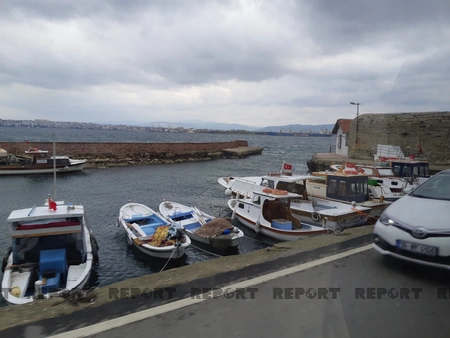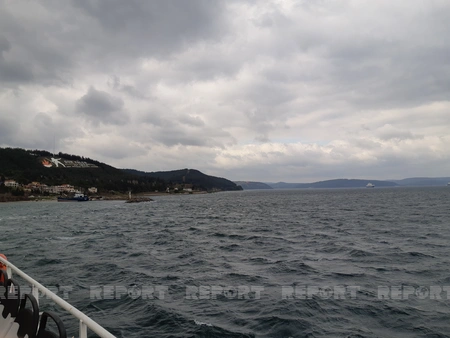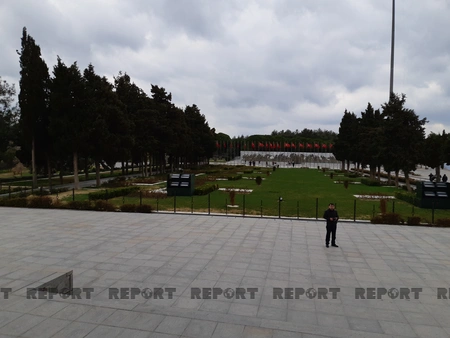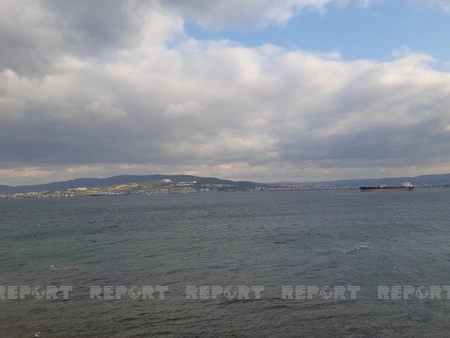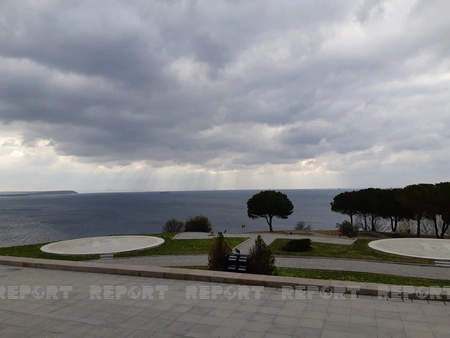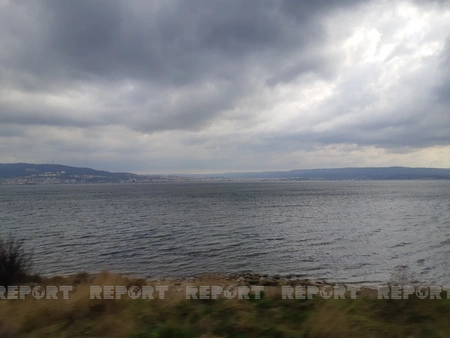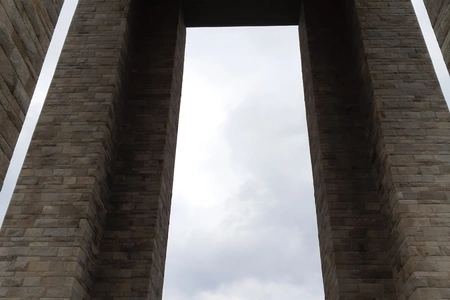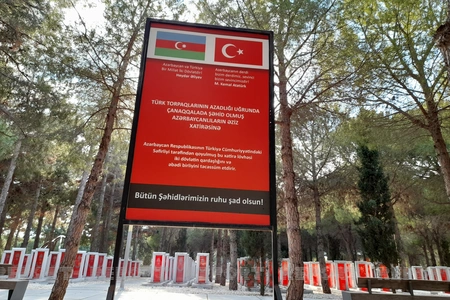Forever on guard of Homeland: 106 years pass since Canakkale Battle
- 18 March, 2021
- 12:14
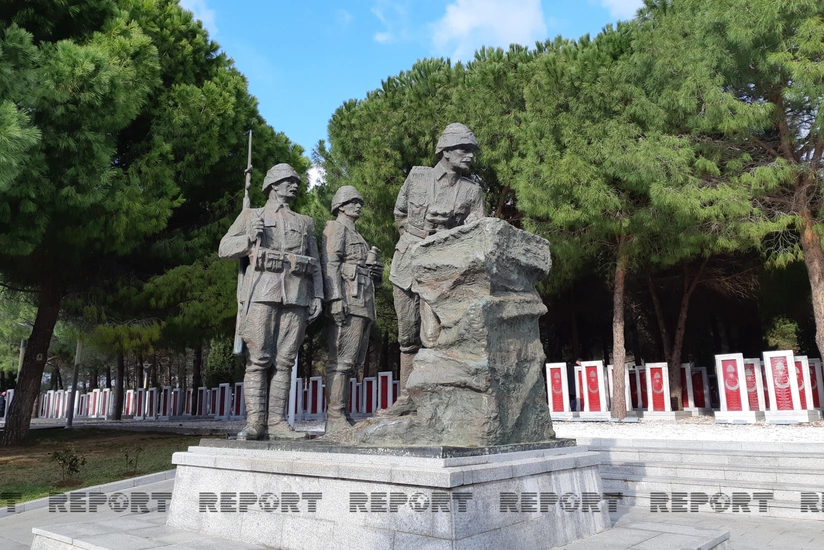
Exactly 106 years ago, this day went down in the history of modern Turkey as one of the most remarkable, since the decisive battle of Canakkale (the Dardanelles Campaign) took place on this very day.
A large-scale military operation was launched at the initiative of Winston Churchill by the Entente countries, mainly the British Empire, with the aim of seizing the capital of the Ottoman Empire - Istanbul - and opening the sea route to Russia.
The fall of Istanbul would mean the fall not only of the Ottoman Empire, but also the loss of Turkish statehood. The Turks, realizing this, carefully prepared for the decisive battle and repulsed the enemy forces. The battle on the Gelibolu Peninsula took place both on land and at sea. Naval battles lasted from February 19 to March 18, 1915. The ground confrontation lasted from April 25, 1915 to January 9, 1916. It was one of the bloodiest battles in Turkish history. According to some estimates, more than 500,000 people died on both sides in the Battle of Canakkale. Mustafa Kemal Ataturk, who at that time was one of the troops commanders, played one of the key roles in the victory of the Turkish army.
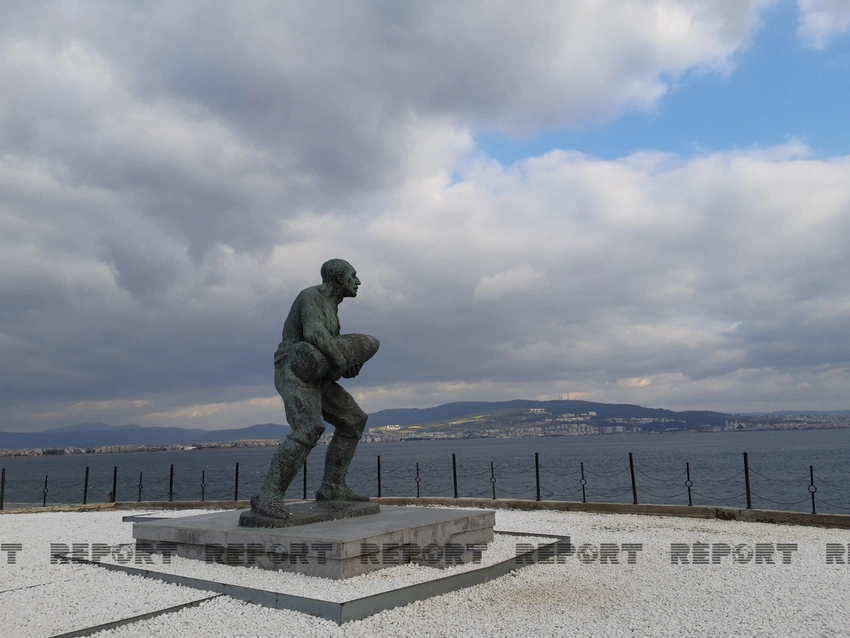
This date is honored with great respect and special pride in Turkey.
Every year, the whole country celebrates March 18, paying tribute to all the martyrs who fell for their homeland. This year, due to the coronavirus pandemic, large-scale events in connection with this date were cancelled, but certain commemorative events were still planned.
On the eve of this memorable date, Report’s correspondent, along with other foreign journalists, visited this place, which is sacred for Turkey.

To get to the territory of the Canakkale memorial, it is necessary to cross to the other side of the peninsula by ferry, where all guests of the city and local residents are greeted by an inscription on the hillside “Dur yolcu! Bilmeden gelip bastiğin, Bu toprak, bir devrin battiği yerdir.” Translated into English, this phrase means: “Stop, the traveler! The land you entered is a place where an entire era went down in the history.” Of course, these words cannot but touch the soul of a person. Even before reaching the territory of the memorial complex, and being in the middle of the Dardanelles (Canakkale Strait), where fierce battles took place, one already starts to realize the full scale, bitterness and significance of those events. The most beautiful places, in the waters and on the shores of which hundreds of thousands of young people died, keep a bright memory of them silently, sometimes to the noise of the Dardanelles. The inscription on the hill will mark the change of eras - the fall of the Ottoman Empire and the formation of the Turkish Republic. All this is extremely significant for the local population, among whom, recalling those events, it is customary to say “Çanakkale geçilmez! (Canakkale is unapproachable!).
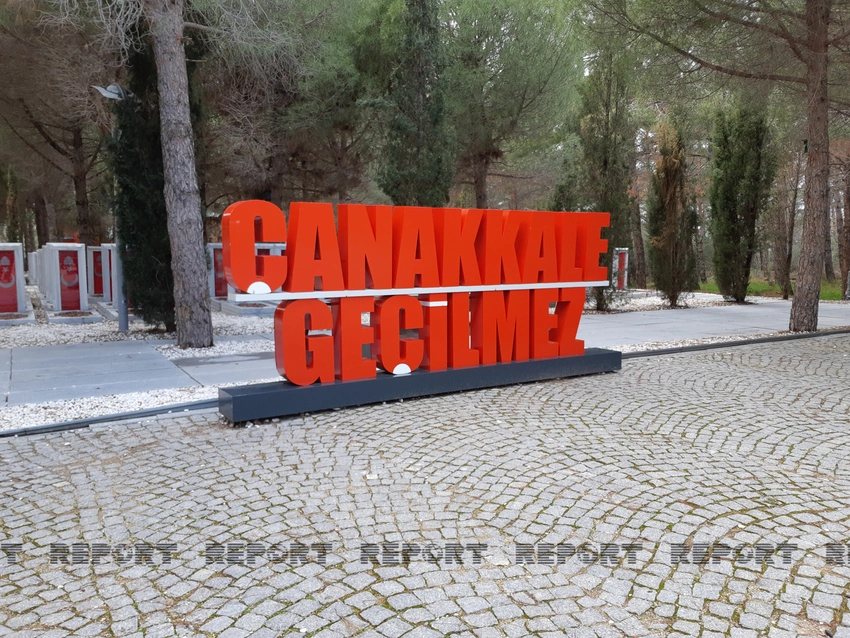
The memorial complex itself is located right on the headland of the peninsula, which hosts the entrance to the bay. It was from there that the Entente forces, not suspecting that a huge territory of mined waters awaited them, began an unsuccessful attempt to break through the Turkish defenses.
The monument to martyrs was opened on August 21, 1960, its height is 41.7 meters. The construction was originally planned to be 40 meters high, but the architects added to it the height of Mustafa Kemal Ataturk (1.7 meters).

On the territory of the memorial complex, there are symbolic graves in memory of 60,000 fallen soldiers. According to the guides and workers of the complex, a number of graves were also erected in memory of the Azerbaijani soldiers who died in the battle of Canakkale, who came to the aid of the Turkish brothers. In addition, two commemorative plaques were installed on its territory: one by the leadership of the complex, and the other by the Azerbaijani Embassy in Turkey as a sign of the eternal brotherhood and unity of the two peoples.

On the territory of the memorial complex there is only one real grave - this is the grave of an unknown soldier, whose skull was taken home by an Australian soldier after the battle. But in 2003, the Australian authorities decided to return the remains of a Turkish soldier to his homeland. In the same year, an official burial ceremony took place on the territory of the complex.
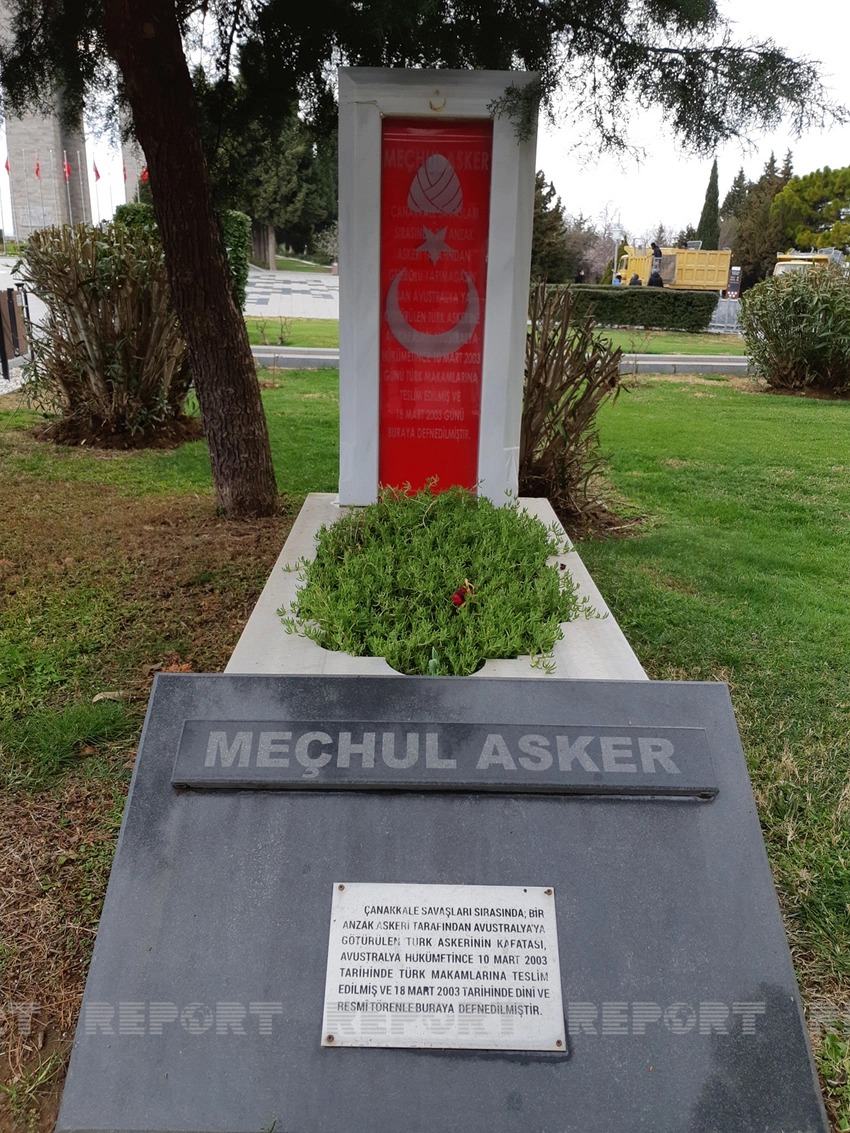
I was also struck by the fact that Turkey honors the memory of not only those who fought on the side of the Ottoman Empire, but also the soldiers of the enemy - the Entente forces. In particular, a separate memorial complex was erected in their honor. Every year hundreds of tourists from the UK, Australia and other countries come to the shores of the Dardanelles to honor the memory of their ancestors. The local population respects the memory of the fallen soldiers who traveled thousands of kilometers. They don’t accuse them of this, but on the contrary, in their justification they only say that these soldiers were brought here not of their own free will and fought for the ideas of the imperialists.
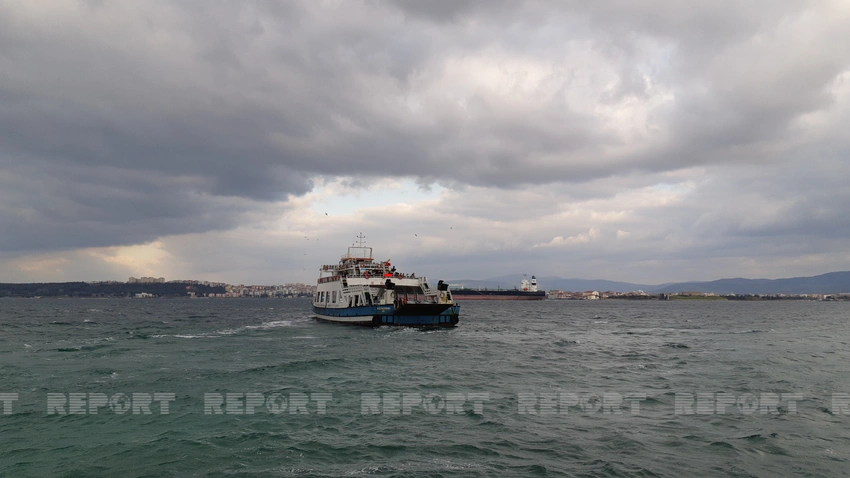
On the day of our visit to the memorial, the weather was quite cold. The sky seemed to be overflowing with sadness and tears, it was ready at any moment to fall on these shores like a shroud of rain, but the earth was extremely calm, as if time had stood still in this place and there was an eternal calm before the storm. Indeed, the graves of tens of thousands of soldiers are directed towards the Canakkale memorial and the Dardanelles, as the eternal defenders of their homeland, just like it was 106 years ago.
